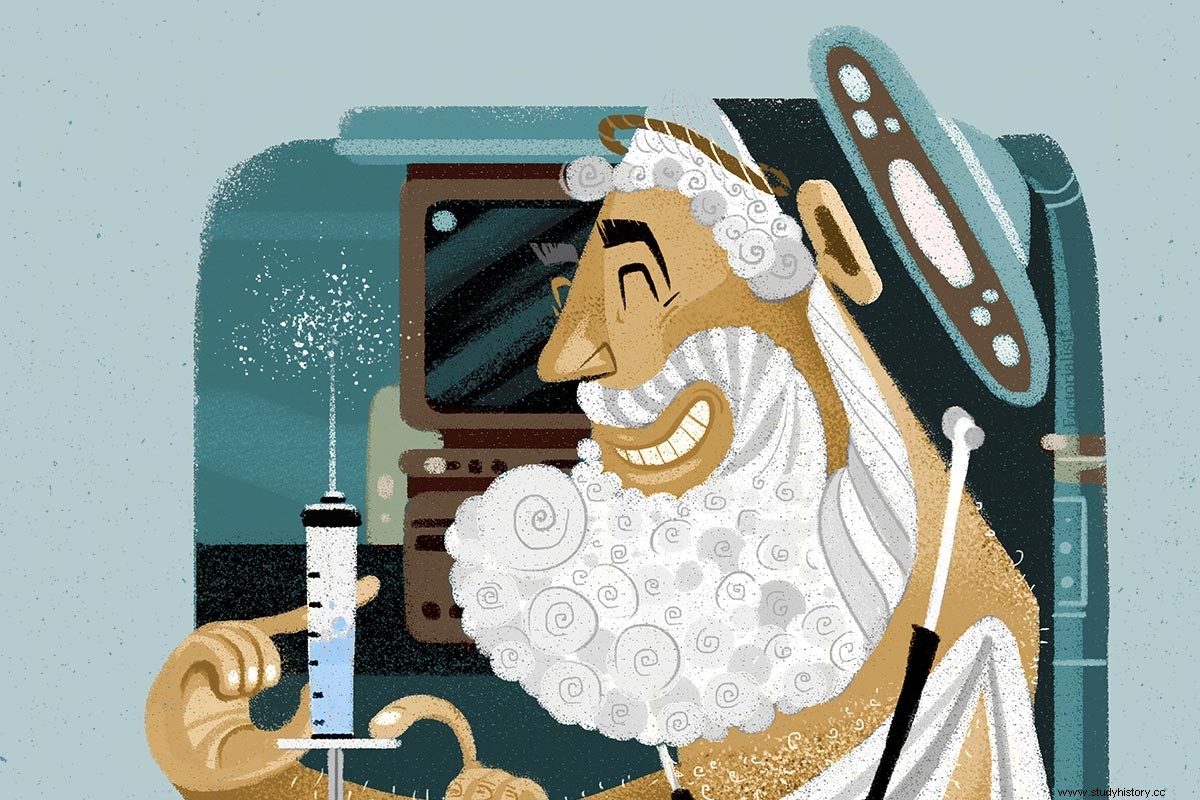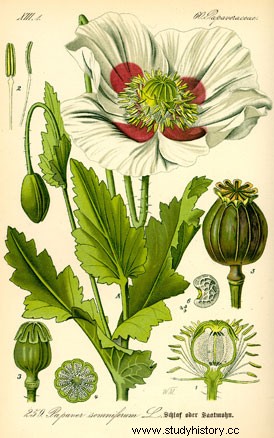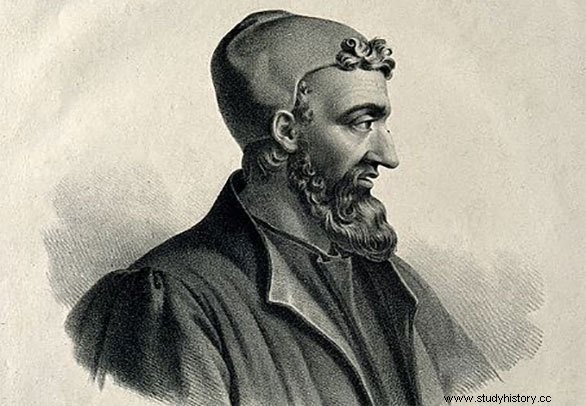"Heroin, very cut and low in purity, is distributed mixed with plaster", "a group of camels that sold drugs in a sports center falls", "the adulteration of the most consumed drugs grows"... headlines like these appear today , day in and day out, on the front pages of the media. Today? Yes, today... and in ancient times too. In Rome there were already camels that distributed opium through the streets (from the Greek opos , juice) and those who adulterated and "cut" it.

The first reference to the cultivation of poppies or opium poppies, from which opium is extracted (a substance obtained by drying the juice of the heads of green poppies, Papaver somniferum), appears in Sumerian tablets engraved more than 5,000 years ago. The Sumerians called poppies hul gil (joy plant), which puts us on the track that it should already be used for very different purposes than ornamental or to give away on Valentine's Day. In the Ebers Papyrus, found in 1862 in Luxor among the remains of a mummy dated around 1500 BC, hundreds of diseases are described and the pharmacopoeia of the time with more than seven hundred substances extracted from plants, such as opium to calm the crying babies, especially at teething time.

Already in Greece, the mythological god of sleep, Hypnos, is represented with a bouquet of poppies and a horn to drink its juice. Also the poet Homer mentions in his epic poem the Odyssey a drug called nepenthe (without grief, without pain), whose active ingredient was opium. It is said that the bravery of the famous hoplites, the soldiers of the ancient Greek city-states who formed the heavy infantry, had to do with the chutes of nepenthe that they got into before going into battle and that made them lose their fear. And if Hippocrates, the father of medicine, recommended the use of opium as a purgative and narcotic in Ancient Greece, in the second century in Rome Galen, personal physician to emperors, did the same to relieve pain, induce sleep, cure diarrhea and even improve libido. The star product was the Triaca de Galen , a preparation made up of dozens of ingredients, with a percentage of opium of 40%, which was used as an antidote for poisons and as a medicine to cure numerous diseases.

Galen
If we add the one prescribed as a medicinal remedy to the one consumed for recreational-festive reasons by the upper echelons of society, the result is a sharp increase in demand, which tried to take advantage of street vendors on camels who marketed the product outside the establishments. authorized -at the beginning of the 4th century, in the time of Diocletian, almost 400 registered shops-. With a certainly scarce national production, Rome had to import the precious sedative from Egypt, and there were many who denounced that the opium shipments arrived without any control. So it was common for them to try to sneak low-quality opium like tebaico -the best of antiquity- and even adulterated batches in which it was mixed with gum arabic or lettuce juice. So, there was no choice but to be vigilant and follow some advice from the scholars of the time so that you don't get caught in the wrong:
- Pure opium has a very intense smell and is bitter to the taste
- When exposed to fire it should burn with a bright and clear flame
- Dissolves easily in water
- It melts when exposed to the sun
Interestingly, and despite frequent consumption, we have not found cases of socially marginalized drug addicts (junkies), or altercations caused by withdrawal syndrome. The same in Rome they could say "You calm down, I control"
